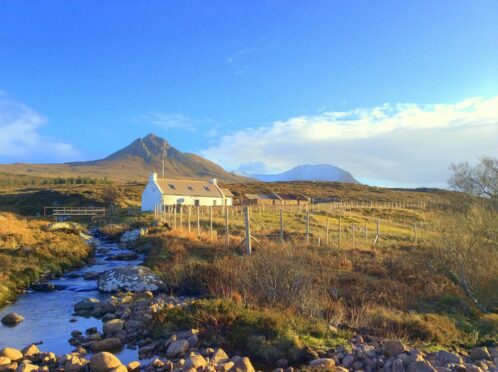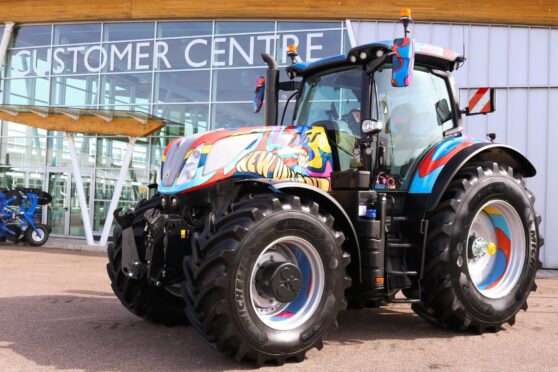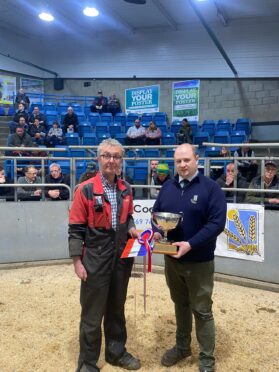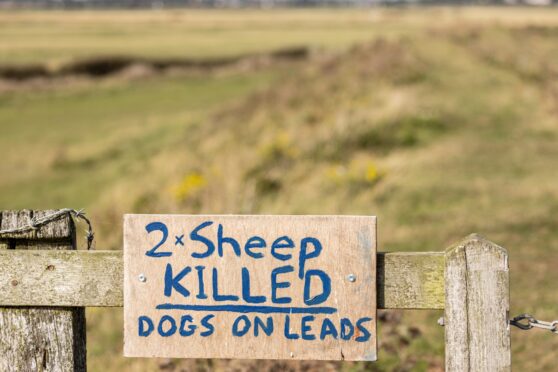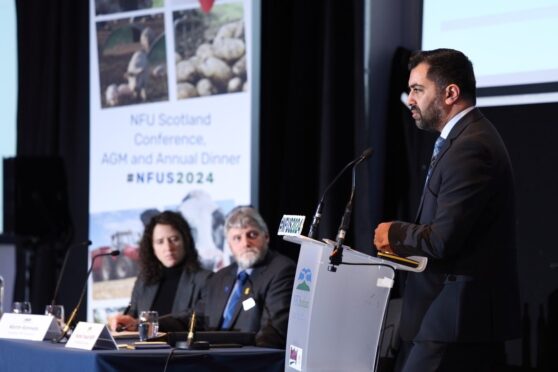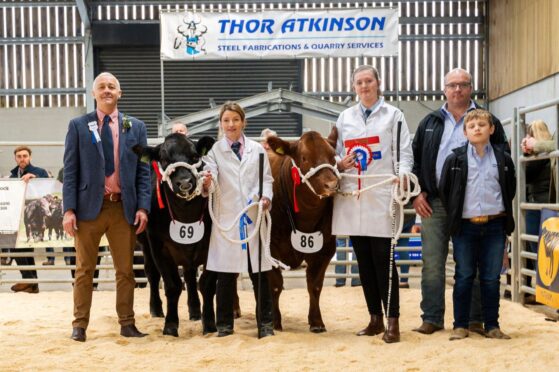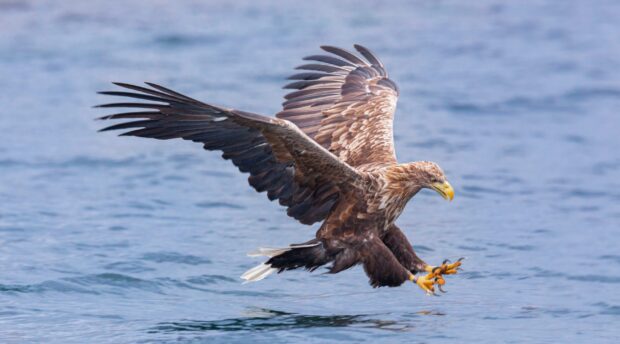Crofters and crofting tenancies have been protected by law in Scotland since the introduction of the Crofters Holdings (Scotland) Act 1886.
The Act followed the Report of the Napier Commission which had been set up to enquire into the condition of the crofters and cottars in the Highlands and Islands of Scotland.
The Commission had concluded in its Report that the era of what it termed the notorious clearances of the previous 100 years had caused restraint, resistance and distress.
Crofting law has developed considerably over the years with a number of further Acts of Parliament but it’s unlikely to say the least that in 1886 Parliament would have imagined that crofting law would have an important part to play in the establishment of the first spaceport in Scotland.
The news about the building of a spaceport on the Island of Unst in the Shetlands brought this to mind. Most people would imagine that establishing a spaceport would involve jumping over a number of regulatory hurdles not least of all navigating a way through the planning system.
However, the establishment of the Unst spaceport also involved the application of crofting law, which many might say is more difficult than navigating the further reaches of outer space.
The reason for this was that the site of the spaceport was developed on common grazing land at Hamarskaw and Lambaness on which various crofters on Unst had rights to graze livestock.
Crofters with an interest in common grazings can object to any development taking place on the common grazings and if that is the case, the developer must make an application to the Scottish Land Court in terms of Section 19 of the Crofters (Scotland) Act 1993 for an Order that the development take place.
Interestingly, developers are obliged to make an application to the Land Court even where the crofters who have an interest in the common grazings don’t object to the development taking place. This is what happened on Unst where the crofters who did have an interest had no objection to the development and the Court issued an appropriate Order.
This is often not the case and there have been a number of examples in the West of Scotland where crofters have opposed renewable energy developments on common grazings.
The Land Court has had to take a view on the merits of the application and decide whether to approve the development. It has to decide whether or not the development is for a reasonable purpose, if it would be unfair and whether there is fair recompense.
Crofting has a very important role to play in the Highlands and Islands of Scotland and crofters are protected by statute in a way that developers must take into account.
